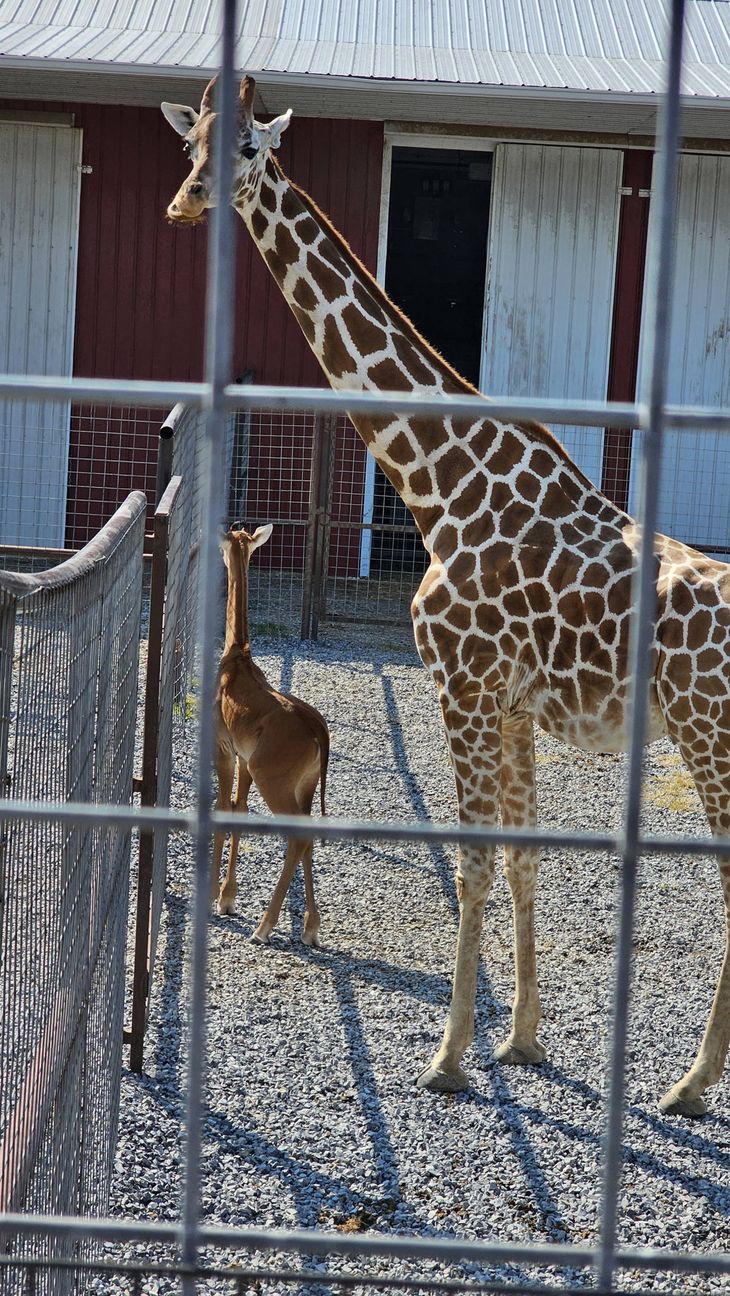The last specimen of this type on record was born in 1972 in a Tokyo zoo. So it is believed that there is no other like it currently.
Nature continues to surprise: after Nicaragua is revolutionized by the birth of a white albino cougar in it Thomas Belt Zooanother strange event was reported in USA with the welcome of a new baby giraffe without spots.
The content you want to access is exclusive to subscribers.
On July 31, the Brights Private Zoo in Tennessee reported, for the first time in history, the origin of a somali giraffe (Giraffa reticulata) different from the resto: solid reddish-brown coat throughout, without species-specific pattern of spots, reported Science Alert.


With less than a month old the baby already measures more than 1 meter and 80 centimetersand is perfectly integrated with the rest of the pack, despite their aesthetic differences.
Experts believe it is probably the only specimen that exists in the world Currently, since the life of a giraffe is usually approximately 25 to 30 years. In 1972 He was born in the Ueno Zoo, Tokyo, the last unspotted giraffe on record.
In the absence of the spots, the experts carried out blood tests and compared their numbers with another giraffe that was born two weeks earlier, there they verified that She is healthy and there is nothing to worry about.
giraffe without spots.jpg

The importance of stains for subsistence
Giraffes use the stains like a camouflage shape allowing them survive in their natural habitat. As well as, it was discovered that the pattern, size and color of its fur they inherit it from their mothers and I could determine their survival.
According to a recent study, among larger and rounder are the traces in the fur of these young animals, elderly is the chance to survive. It is also believed that the spots may be related to the temperature regulation and other characteristics still unknown to scientists.
In the last thirty yearsthe population giraffe world cup decreased by 40%. Although these species were not at great risk of extinction, they are now on the list of “vulnerable” animals.
Source: Ambito




